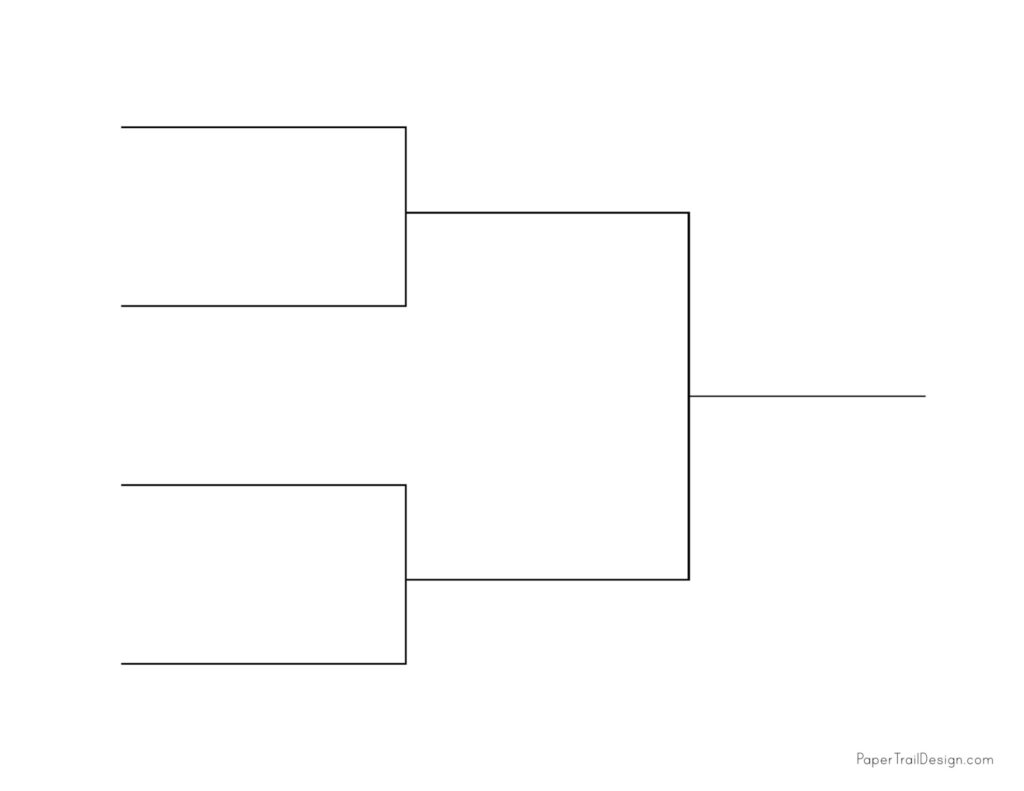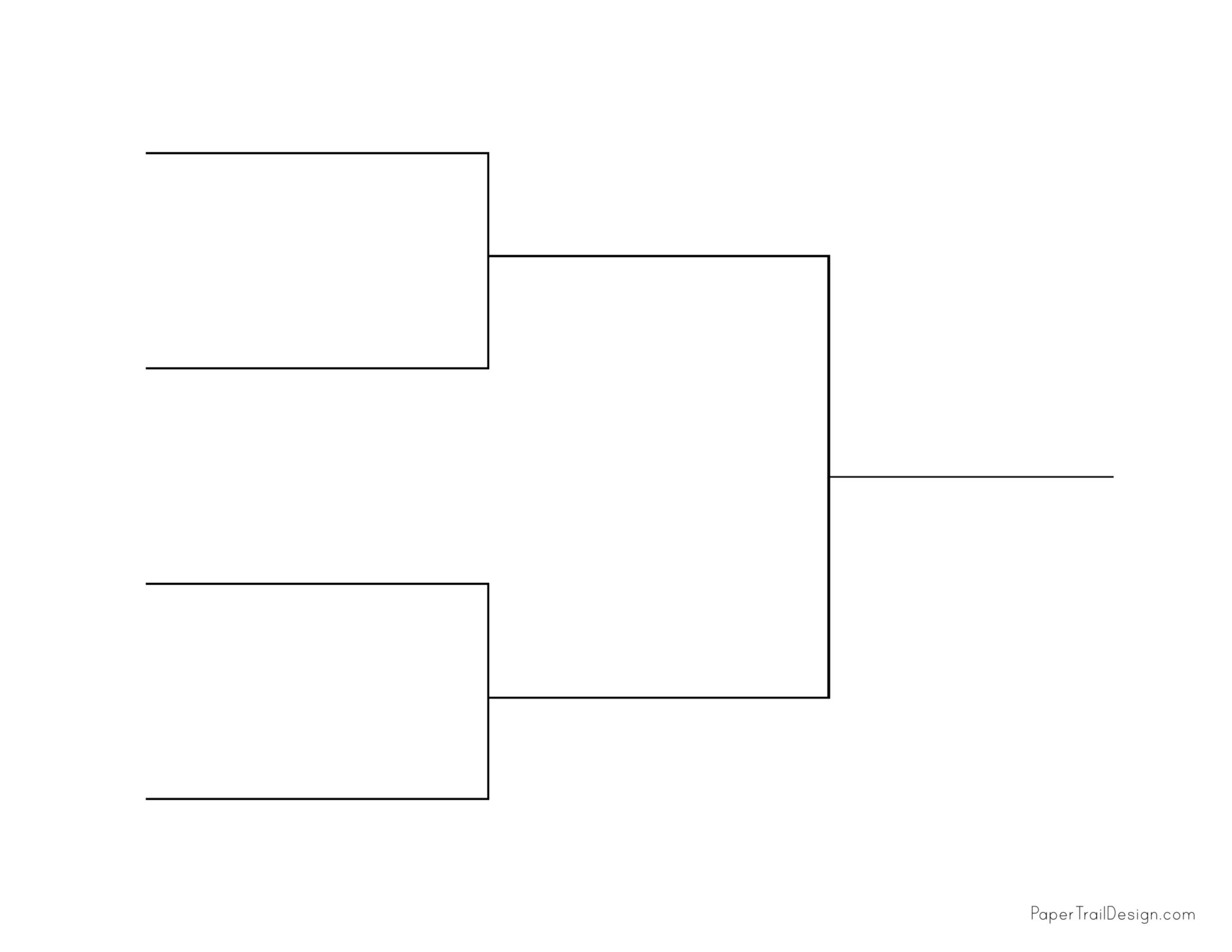
Navigating the 5 Team Tournament Bracket: A Comprehensive Guide
Organizing a tournament can be a rewarding experience, bringing together enthusiasts for spirited competition. However, the logistics of structuring the event, especially creating a balanced tournament bracket, can sometimes feel daunting. This is particularly true when dealing with an odd number of teams, such as five. A well-designed 5 team tournament bracket ensures fairness and excitement, providing a clear path to victory for each participant. This comprehensive guide will delve into the intricacies of constructing and understanding a 5 team tournament bracket, covering various formats, seeding strategies, and best practices for managing your event.
Understanding the Basics of Tournament Brackets
Before we dive into the specifics of a 5 team tournament bracket, it’s crucial to understand the general principles of tournament brackets. A tournament bracket is a visual representation of the matches in a competition, showing how teams or players advance through the rounds. Different types of brackets exist, each suited for different numbers of participants and tournament styles. Common bracket types include single-elimination, double-elimination, and round-robin.
- Single-Elimination: The simplest format, where a single loss eliminates a team from the tournament.
- Double-Elimination: Offers a second chance, allowing teams to lose one match before being eliminated.
- Round-Robin: Each team plays every other team in the tournament, providing a comprehensive assessment of skill.
For a 5 team tournament bracket, single-elimination and modified round-robin formats are the most common choices.
The 5 Team Single-Elimination Bracket: Challenges and Solutions
A standard single-elimination bracket works best with powers of two (2, 4, 8, 16, etc.) to ensure a perfectly balanced structure. When dealing with five teams, a direct single-elimination setup creates an imbalance. Some teams will receive a ‘bye,’ meaning they advance to the next round without playing an initial match. Determining which teams receive these byes is crucial for fairness.
The Standard Approach: In a typical 5 team tournament bracket single-elimination scenario, two teams will play in the first round, and the winner will advance to the semi-finals. The remaining three teams receive byes directly into the semi-finals. This ensures that the semi-finals consist of four teams, allowing for two matches to determine the finalists.
Seeding Strategies for a 5 Team Bracket
Seeding is the process of ranking teams based on their perceived skill level or past performance. Proper seeding helps to prevent the strongest teams from meeting in the early rounds, leading to more competitive and engaging matches throughout the tournament. For a 5 team tournament bracket, effective seeding is paramount.
- Rank Teams: Based on available data (previous tournament results, league standings, skill assessments), rank the five teams from 1 to 5, with 1 being the highest-ranked team.
- Strategic Placement: Place the top-ranked team (seed #1) in the semi-final bracket that avoids an early match against the second-ranked team (seed #2). Seed #2 should be placed on the opposite side of the semi-final bracket.
- Bye Allocation: The teams receiving byes should ideally be the higher-ranked teams (seeds #1, #2, and #3), ensuring they have a slight advantage.
- First Round Match: The first-round match should ideally pit the lower-ranked teams (seeds #4 and #5) against each other. This provides an opportunity for an underdog to potentially upset a higher-ranked team in the semi-finals.
Example Bracket Setup:
- Semi-Final 1: Seed #1 (Bye) vs. Winner of Round 1
- Semi-Final 2: Seed #2 (Bye) vs. Seed #3 (Bye)
- Round 1: Seed #4 vs. Seed #5
Modified Round-Robin Format for a 5 Team Tournament Bracket
While single-elimination is common, a modified round-robin format can provide a more comprehensive evaluation of each team’s abilities. In a full round-robin, each team would play four matches. However, to save time, you can implement a modified version.
The Basic Structure: In a modified round-robin, teams play a predetermined number of matches, but not necessarily against every other team. This allows for a more balanced schedule compared to a full round-robin while still providing more playing opportunities than a single-elimination bracket.
Creating a Modified Round-Robin Schedule
- Determine the Number of Matches: Decide how many matches each team will play. For a 5 team tournament bracket, having each team play 3 matches is a reasonable compromise.
- Schedule Generation: Create a schedule that ensures a variety of matchups and prevents any team from having a disproportionately difficult or easy schedule.
- Point System: Implement a point system to determine the winner. For example, award 3 points for a win, 1 point for a draw, and 0 points for a loss.
- Tiebreakers: Establish clear tiebreaker rules in case teams have the same number of points. Common tiebreakers include head-to-head record, goal difference, or a penalty shootout (depending on the sport).
Example Modified Round-Robin Schedule (3 Matches per Team):
- Team 1: Plays Team 2, Team 3, Team 4
- Team 2: Plays Team 1, Team 3, Team 5
- Team 3: Plays Team 1, Team 2, Team 4
- Team 4: Plays Team 1, Team 3, Team 5
- Team 5: Plays Team 2, Team 4
Best Practices for Managing a 5 Team Tournament
Beyond the bracket structure, effective tournament management is essential for a successful event. Here are some best practices to consider:
- Clear Communication: Keep all participants informed about the schedule, rules, and any updates. Use email, social media, or a dedicated tournament website.
- Fair Play: Enforce the rules consistently and fairly. Address any disputes promptly and impartially.
- Venue and Equipment: Ensure the venue is suitable for the sport or activity and that all necessary equipment is available and in good working order.
- Scorekeeping and Results: Maintain accurate records of scores and results. Publish the results promptly after each match.
- Contingency Plans: Prepare for unforeseen circumstances, such as inclement weather or injuries. Have backup plans in place to minimize disruptions.
- Feedback and Improvement: After the tournament, solicit feedback from participants to identify areas for improvement in future events.
Software and Tools for Bracket Creation
Several software and online tools can simplify the process of creating and managing tournament brackets. These tools often offer features such as:
- Automated Bracket Generation: Quickly create brackets based on the number of teams and the chosen format.
- Scheduling: Generate a tournament schedule with automatic time slot allocation.
- Scorekeeping: Track scores and update the bracket in real-time.
- Communication: Send notifications and updates to participants.
- Public Display: Publish the bracket and results online for easy access.
Examples of popular tournament management software include Tourney Machine, Challonge, and BracketMaker. These tools can significantly streamline the organization and execution of your 5 team tournament bracket.
Conclusion: Ensuring a Fair and Exciting Tournament
Organizing a 5 team tournament bracket requires careful planning and attention to detail. Whether you opt for a single-elimination or a modified round-robin format, prioritizing fairness and clear communication is key to a successful event. By implementing effective seeding strategies, establishing clear rules, and utilizing available tools, you can create a tournament that is both competitive and enjoyable for all participants. Remember to adapt your approach based on the specific needs of your sport or activity, and always strive to create a positive and memorable experience for everyone involved. With a well-designed 5 team tournament bracket and diligent management, your tournament is sure to be a resounding success. [See also: Tournament Seeding Strategies] [See also: Tournament Management Software] [See also: Creating Fair Tournament Brackets]
